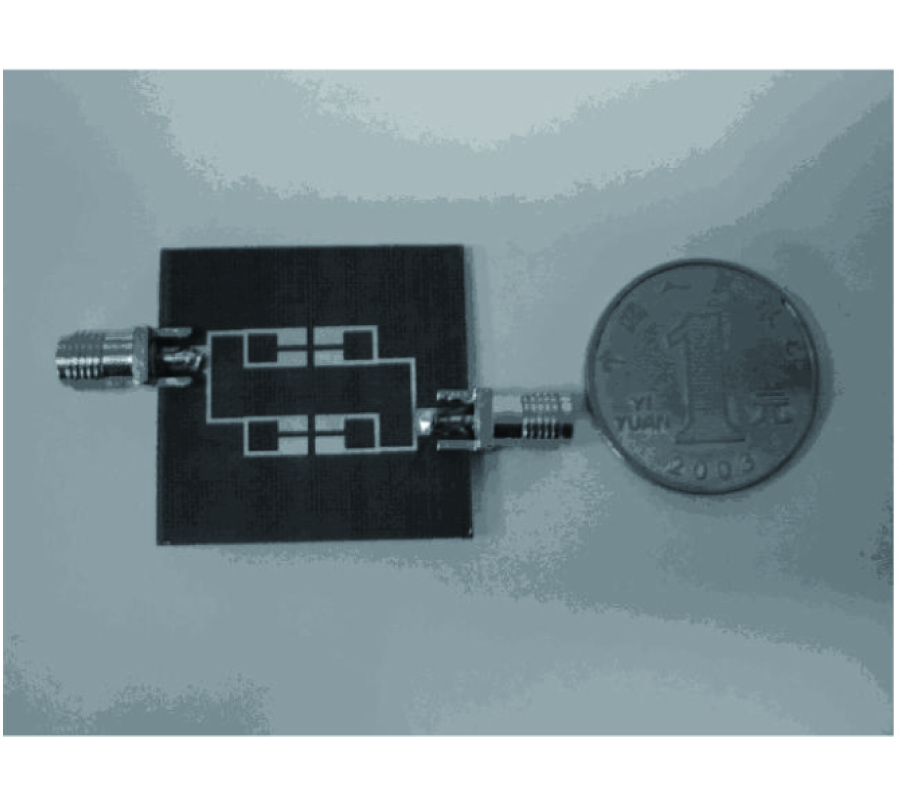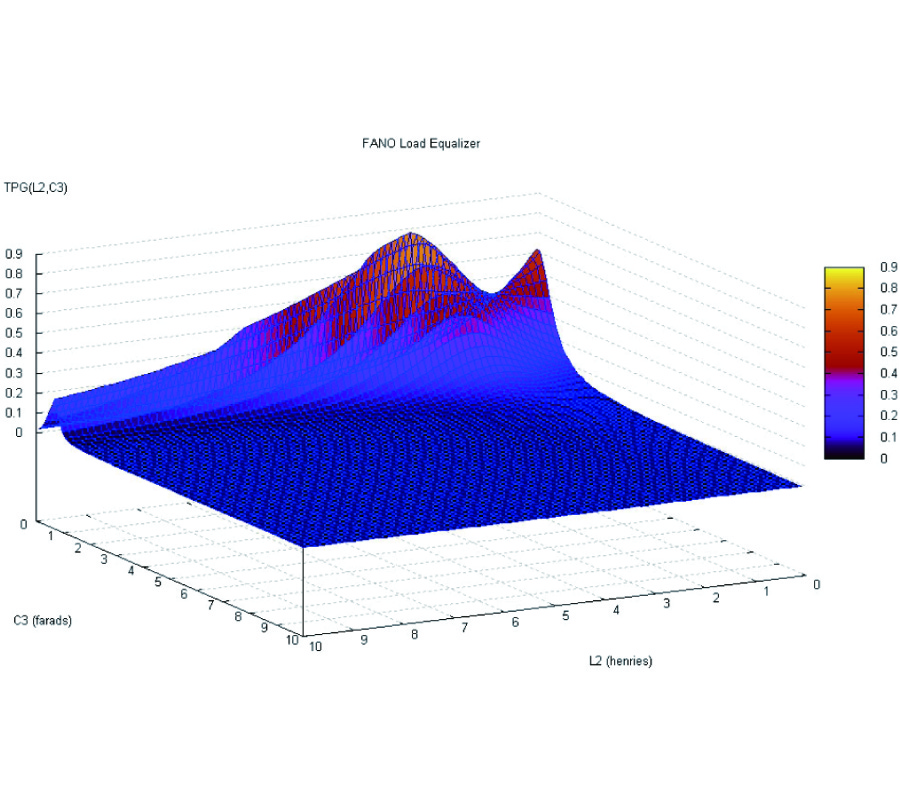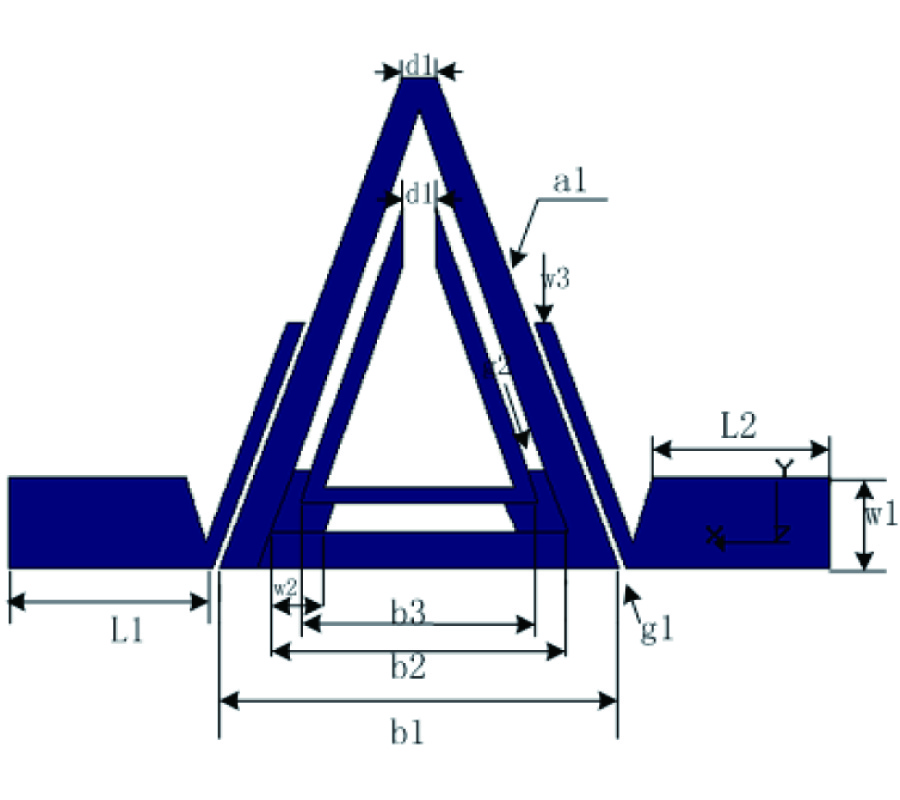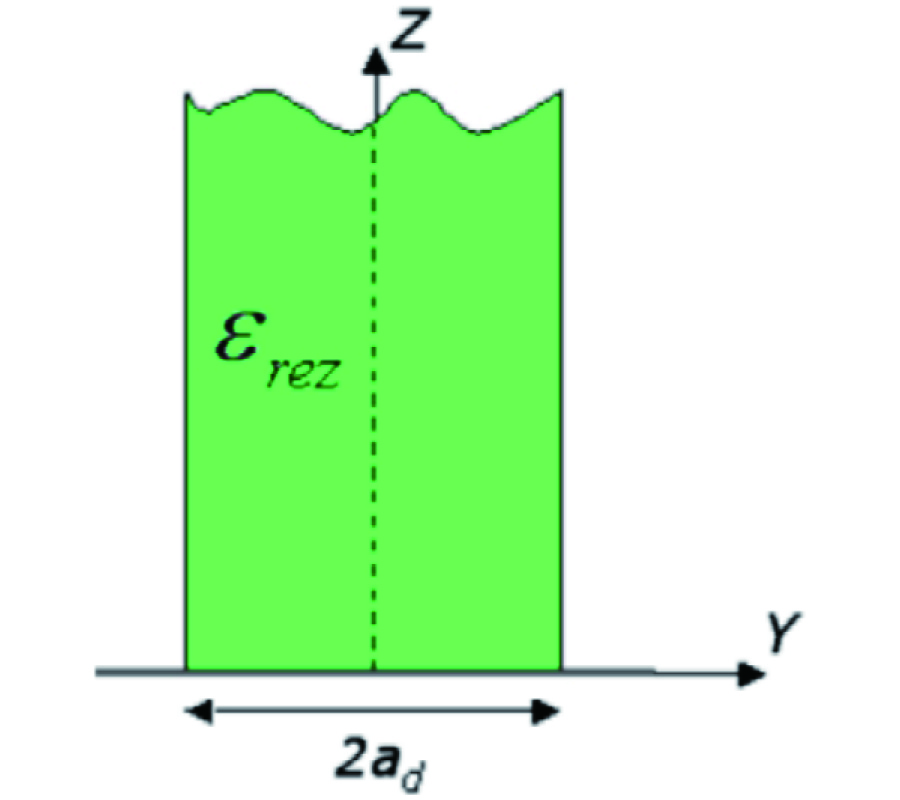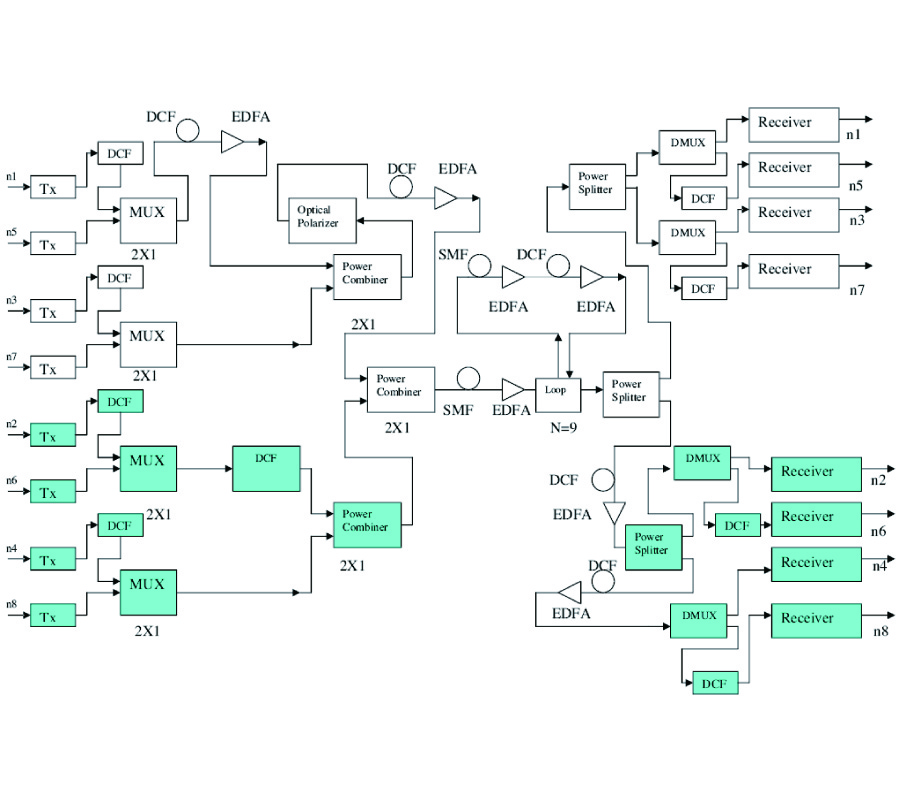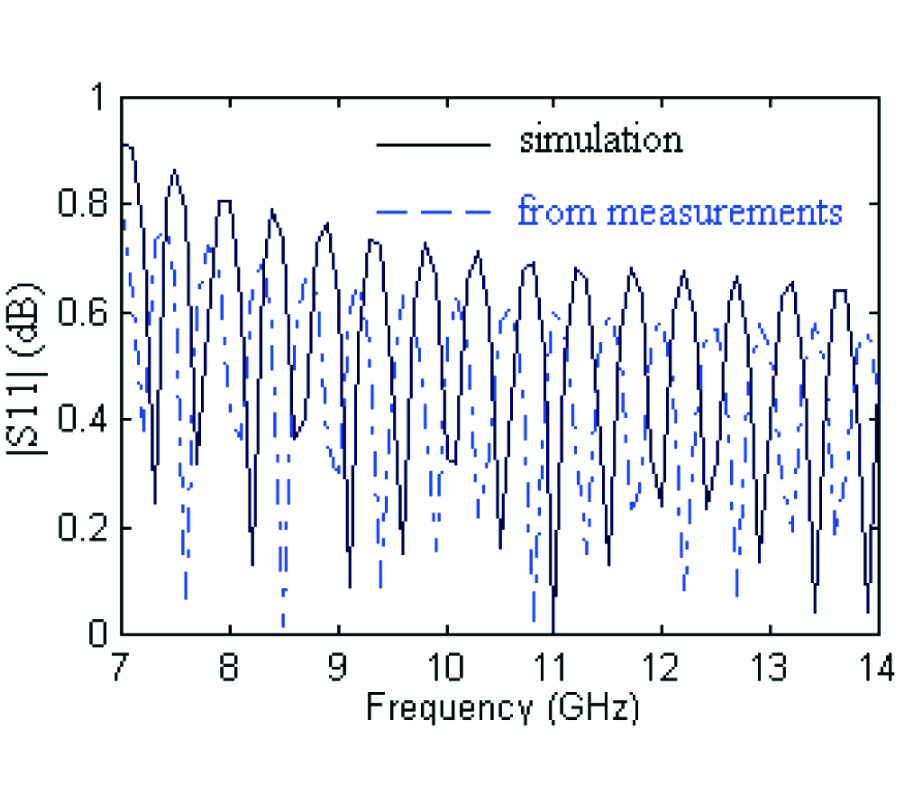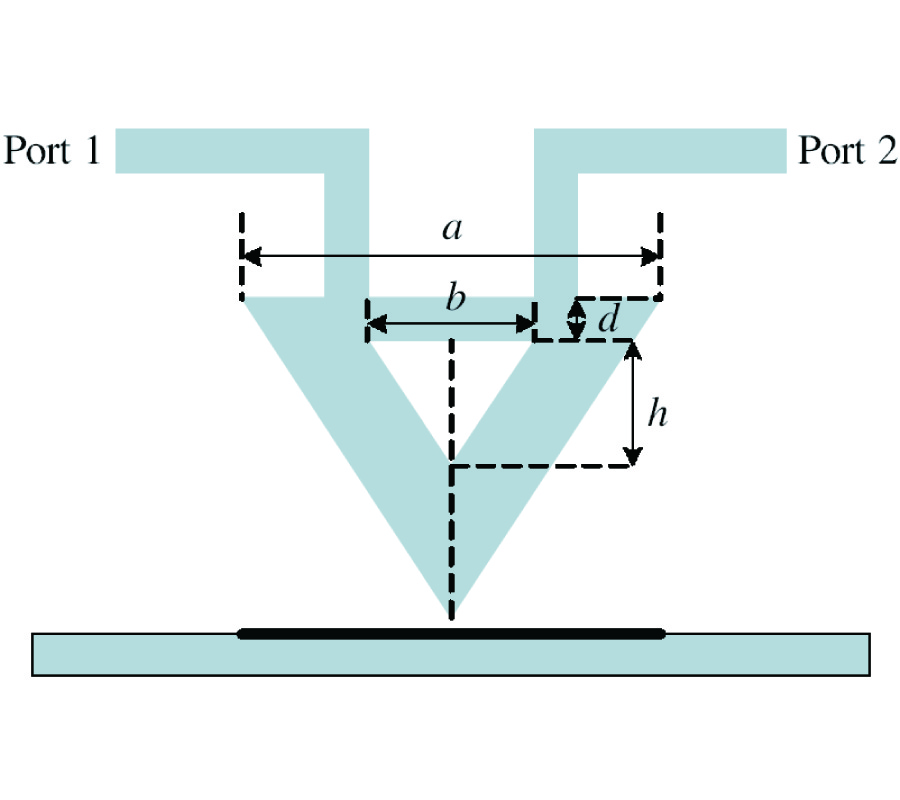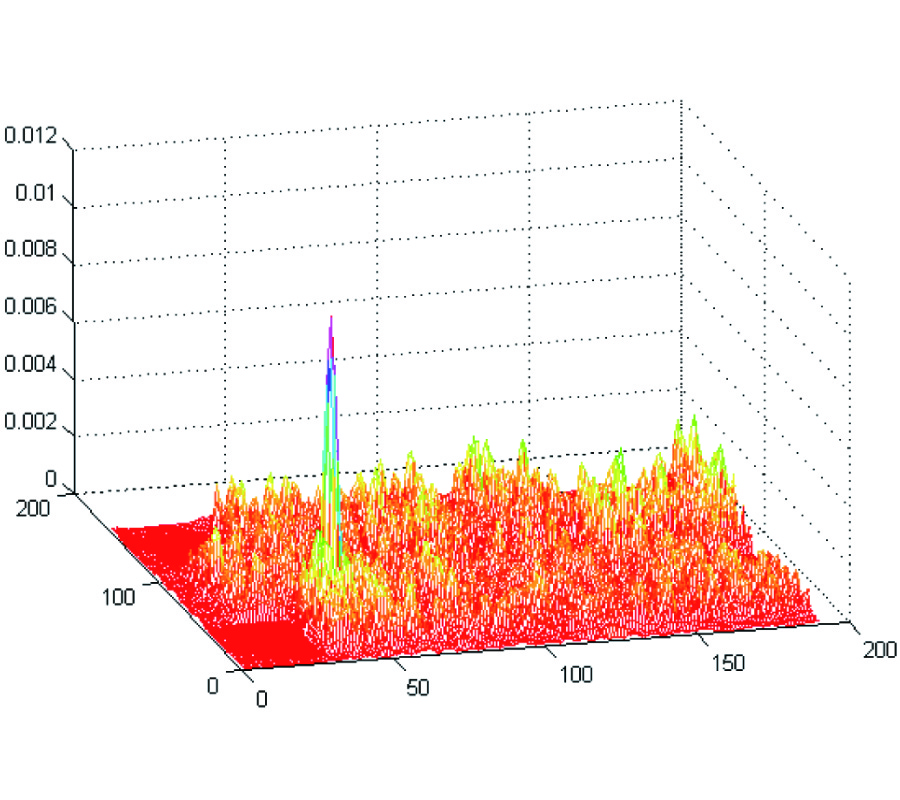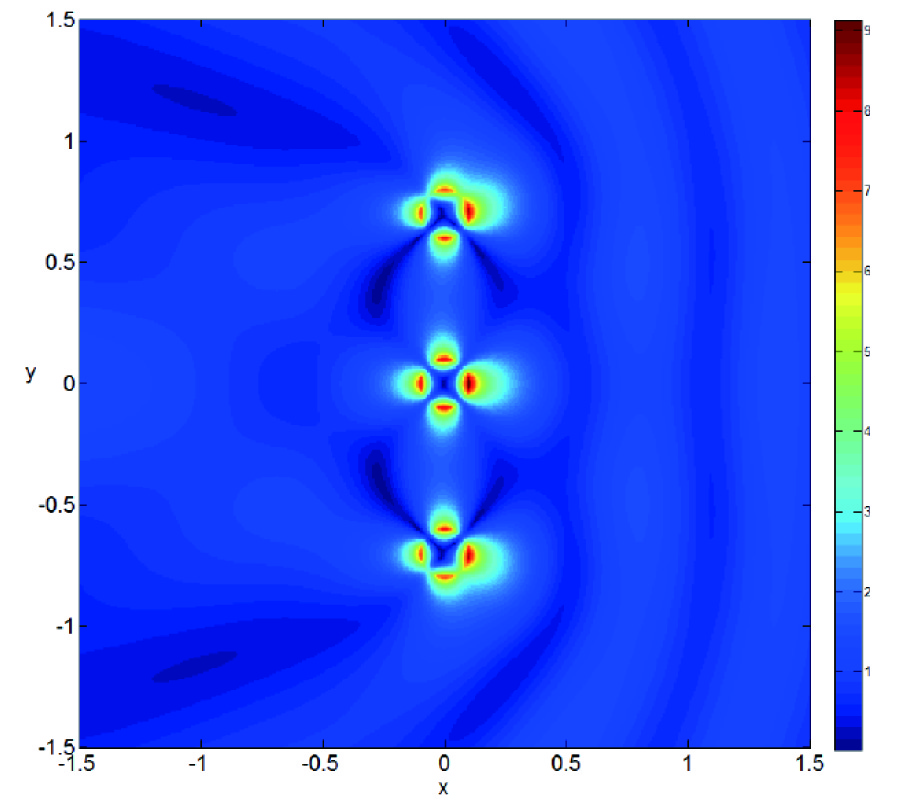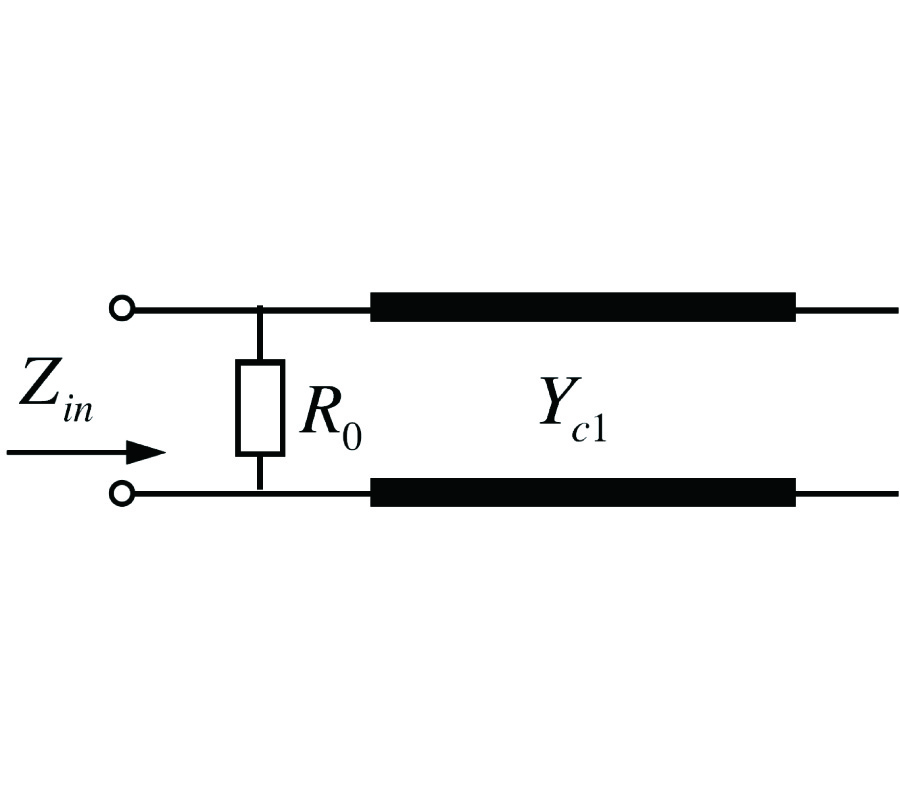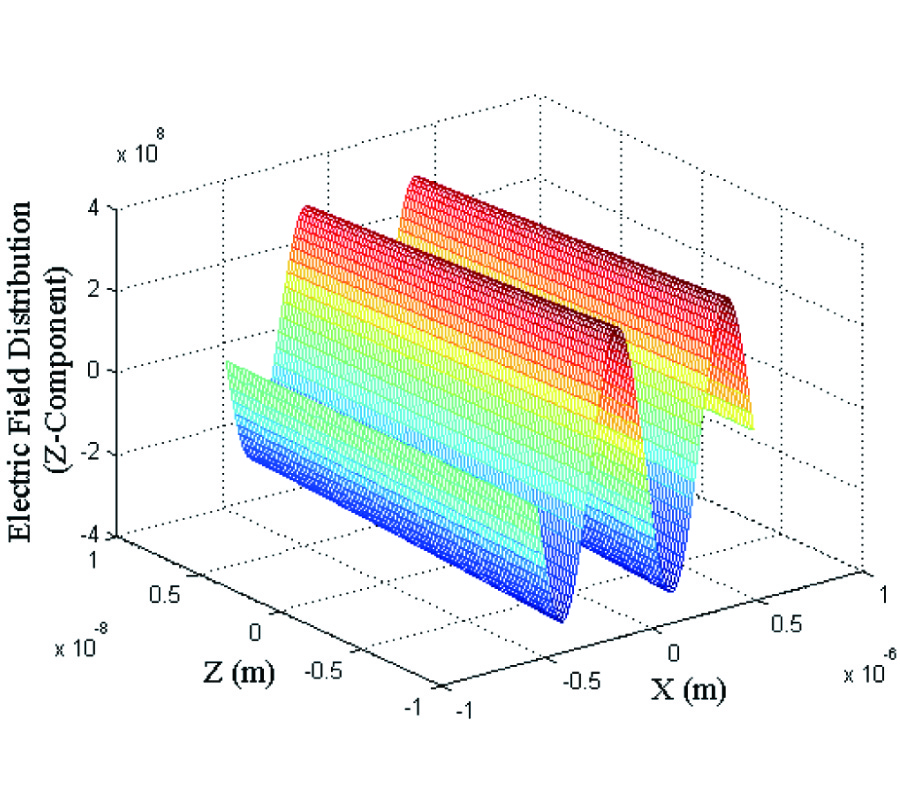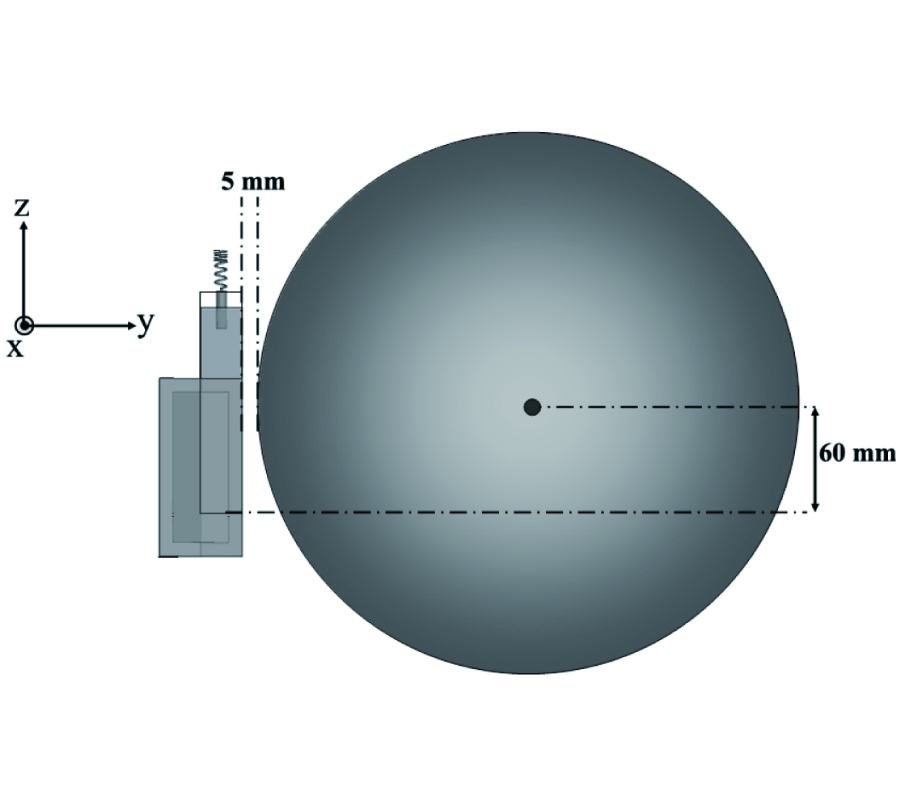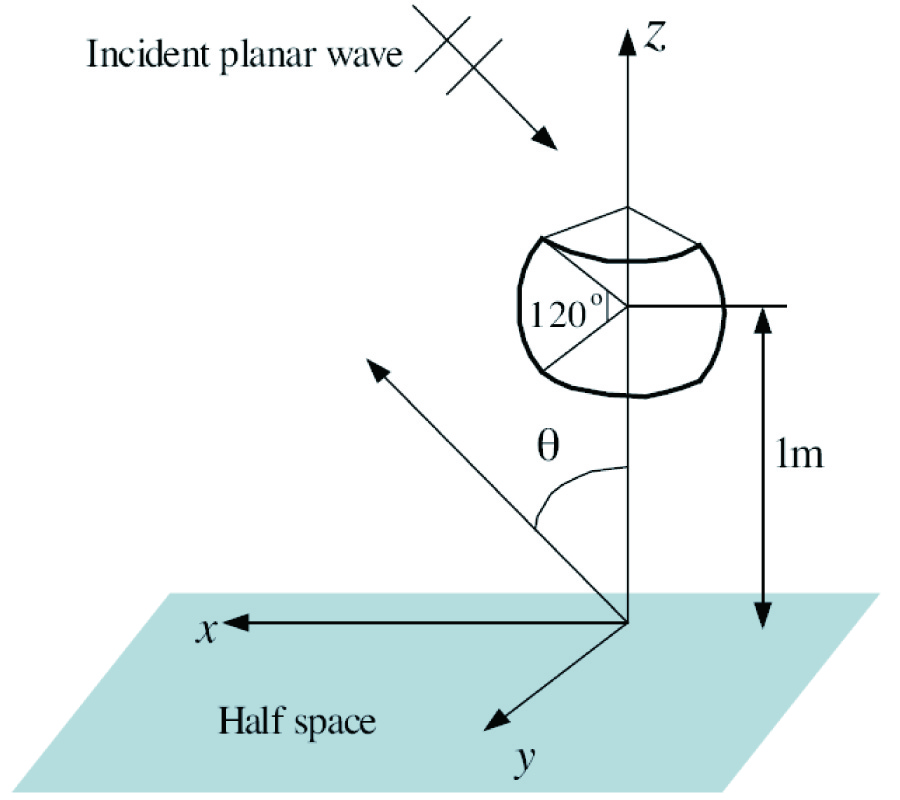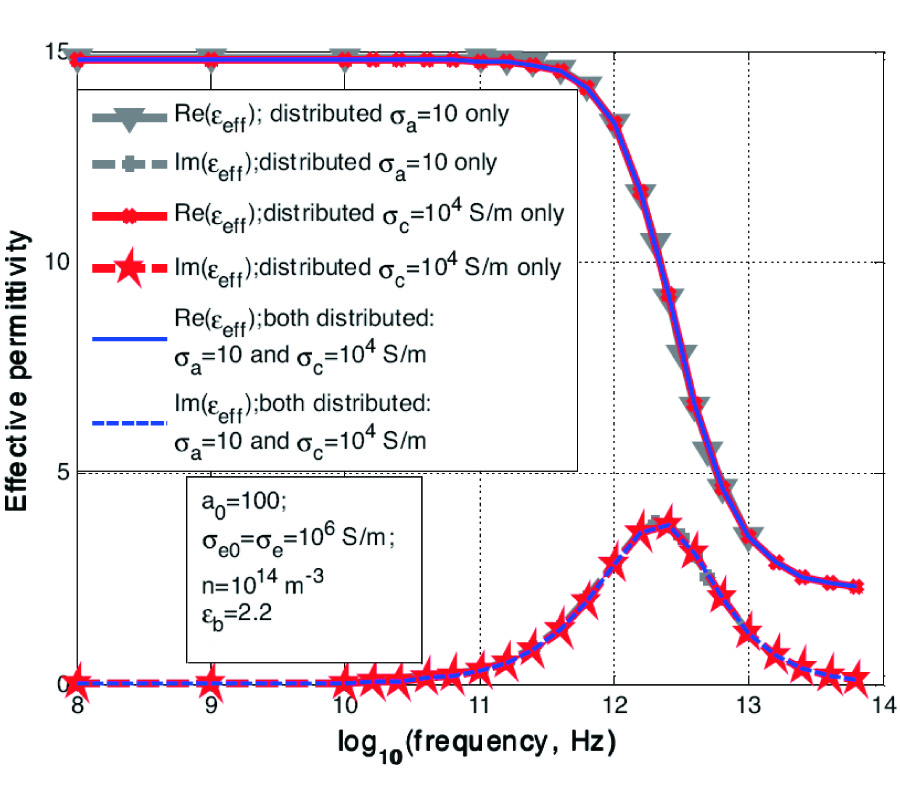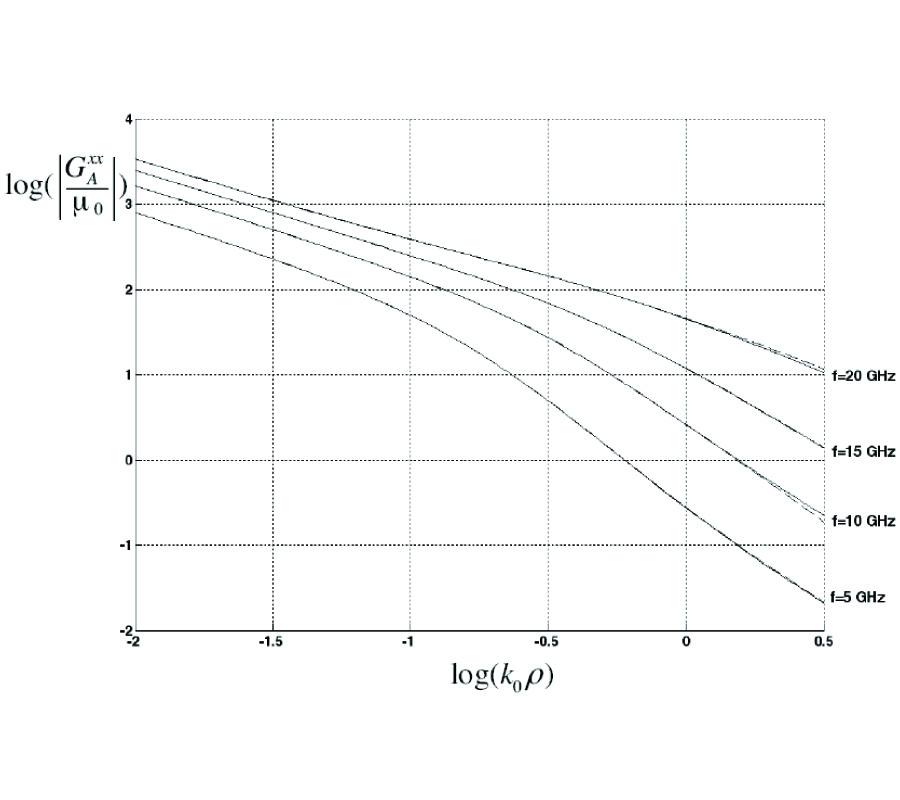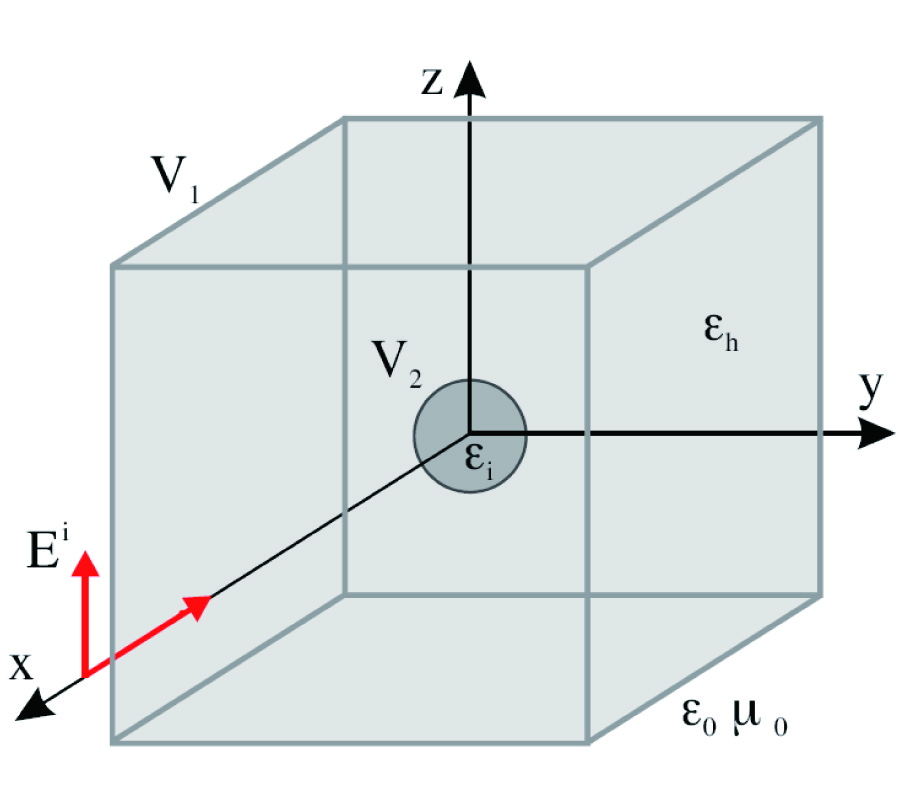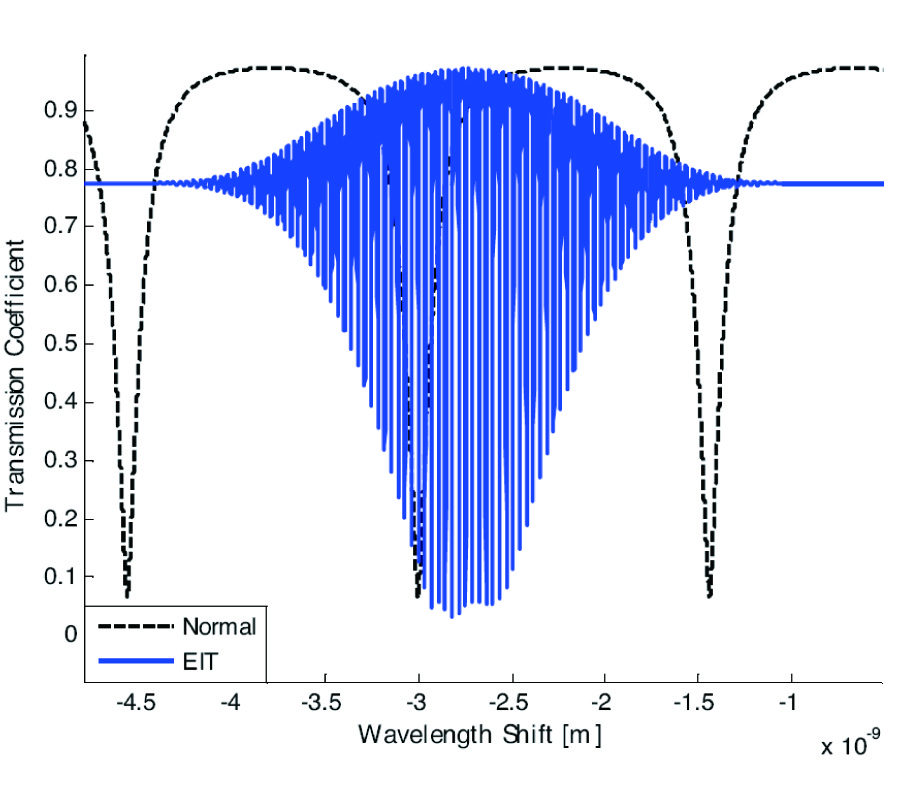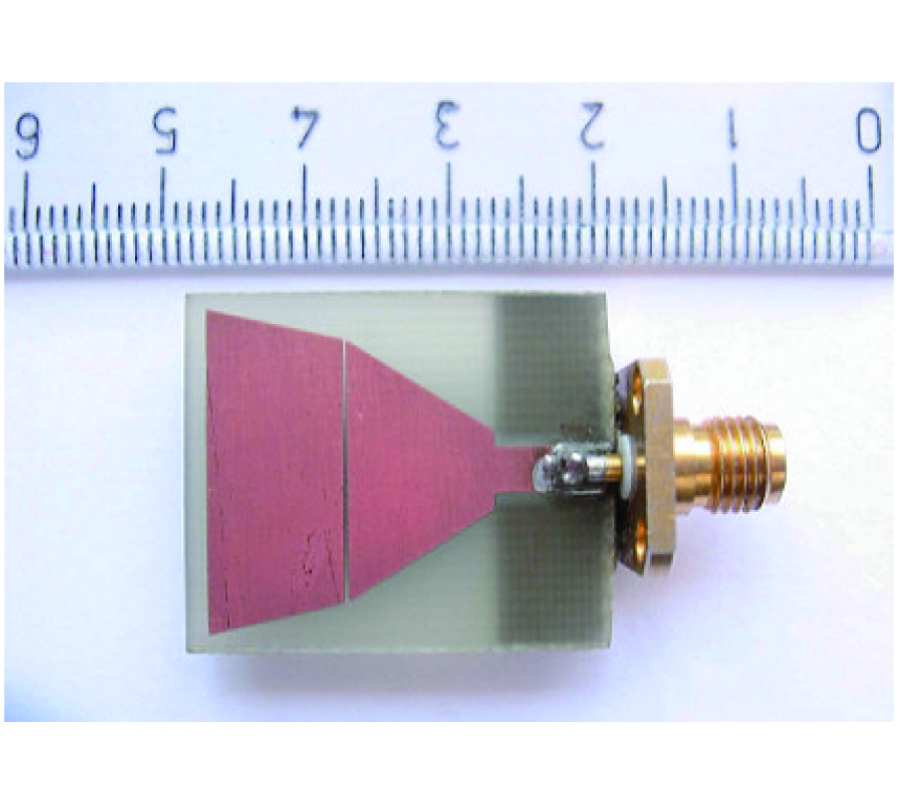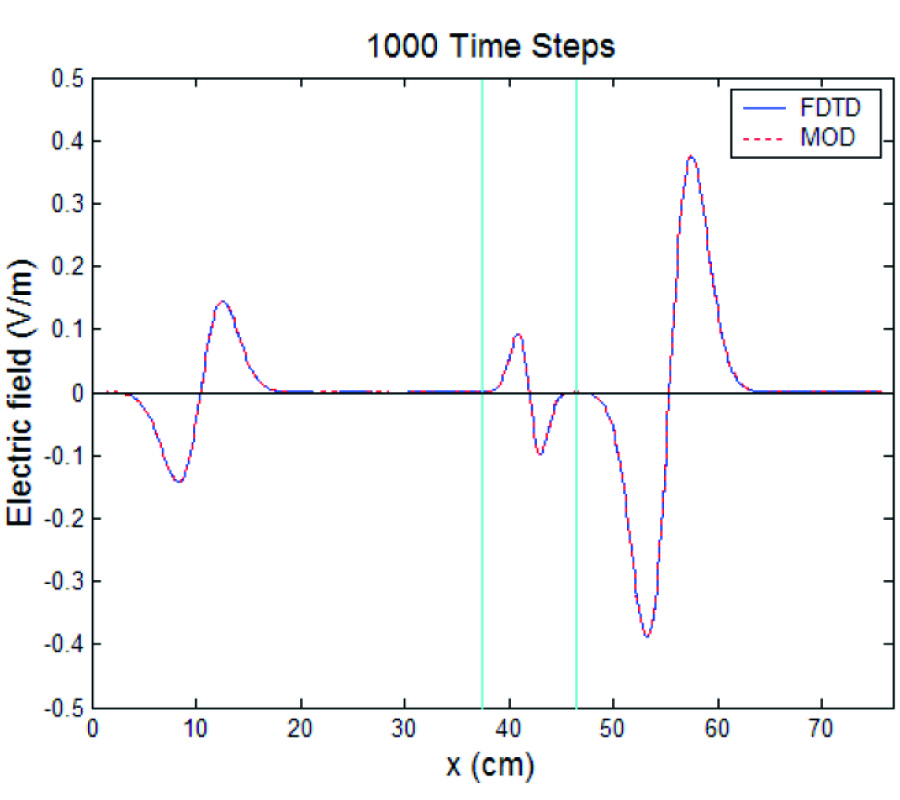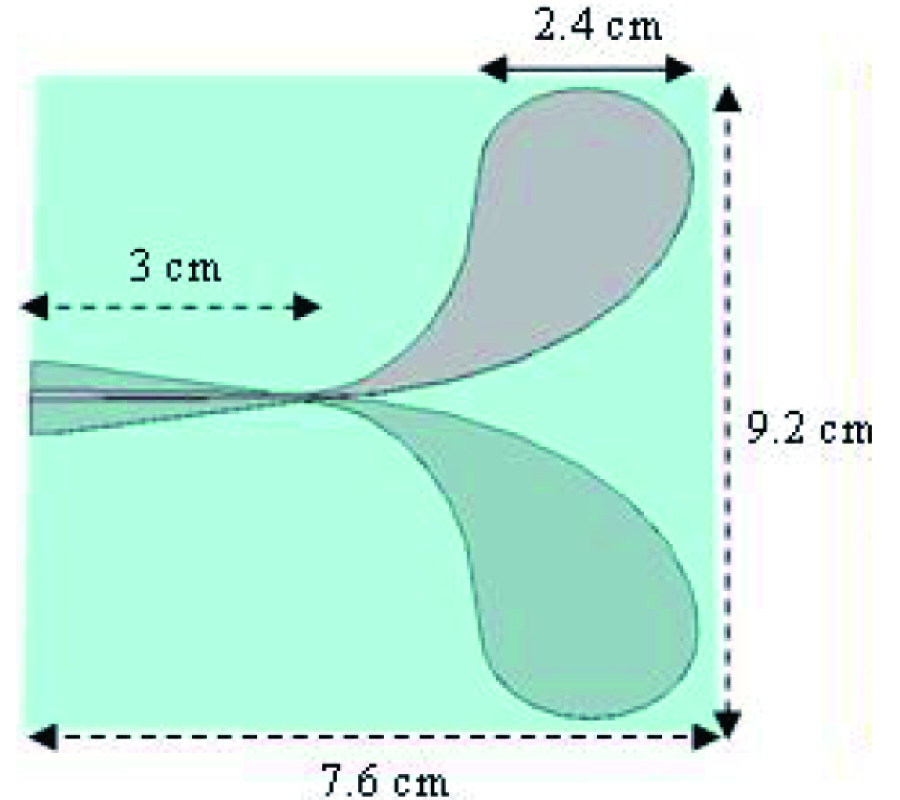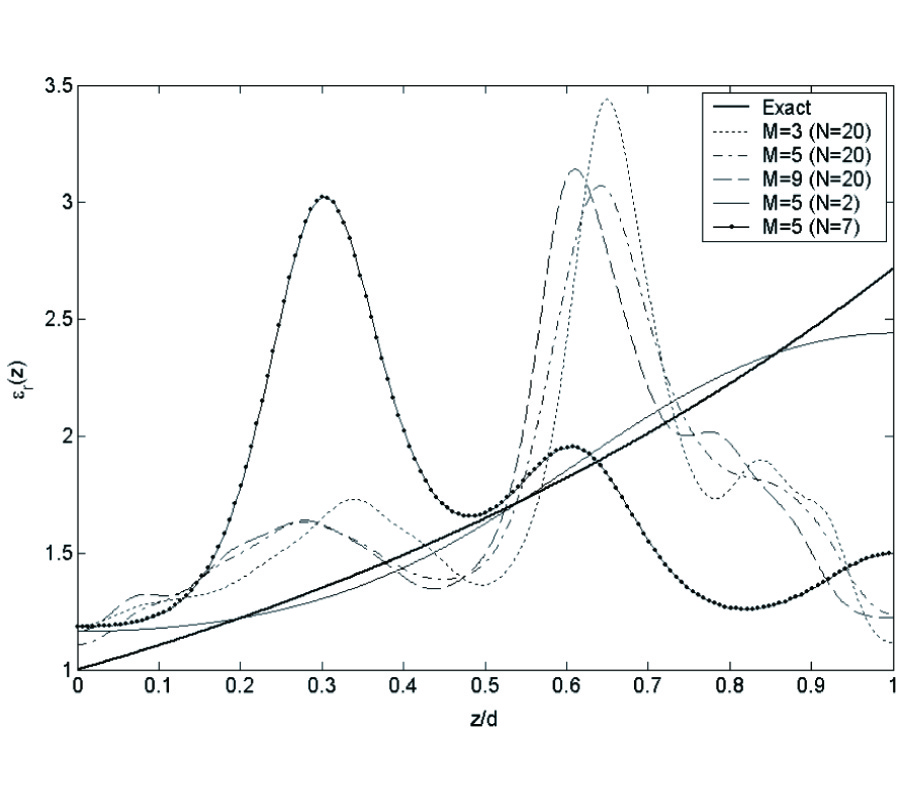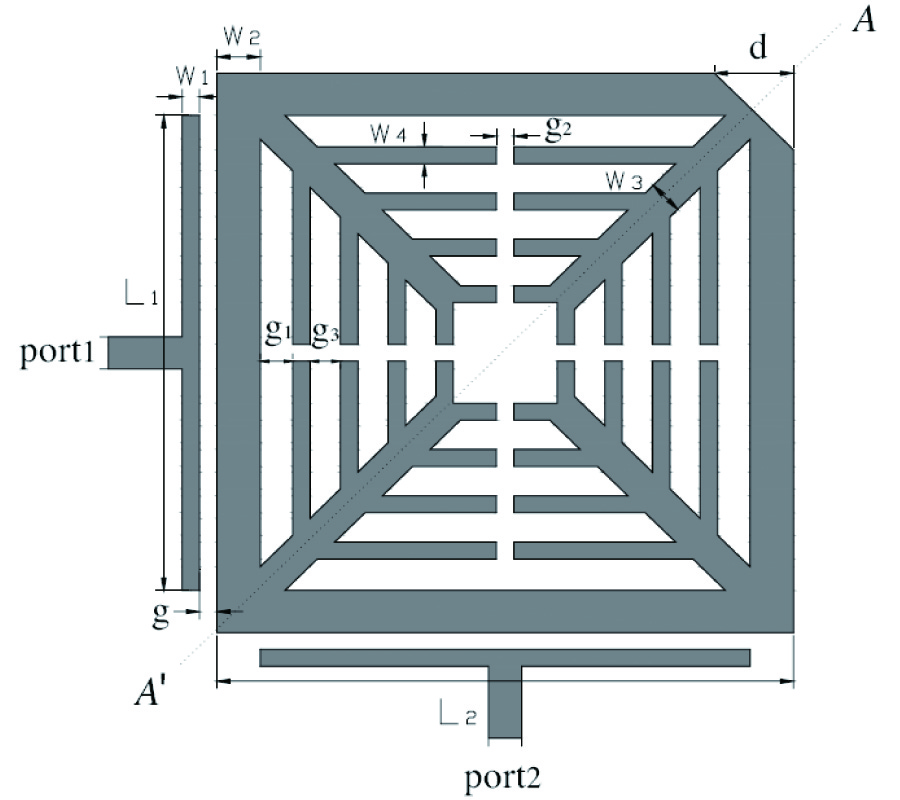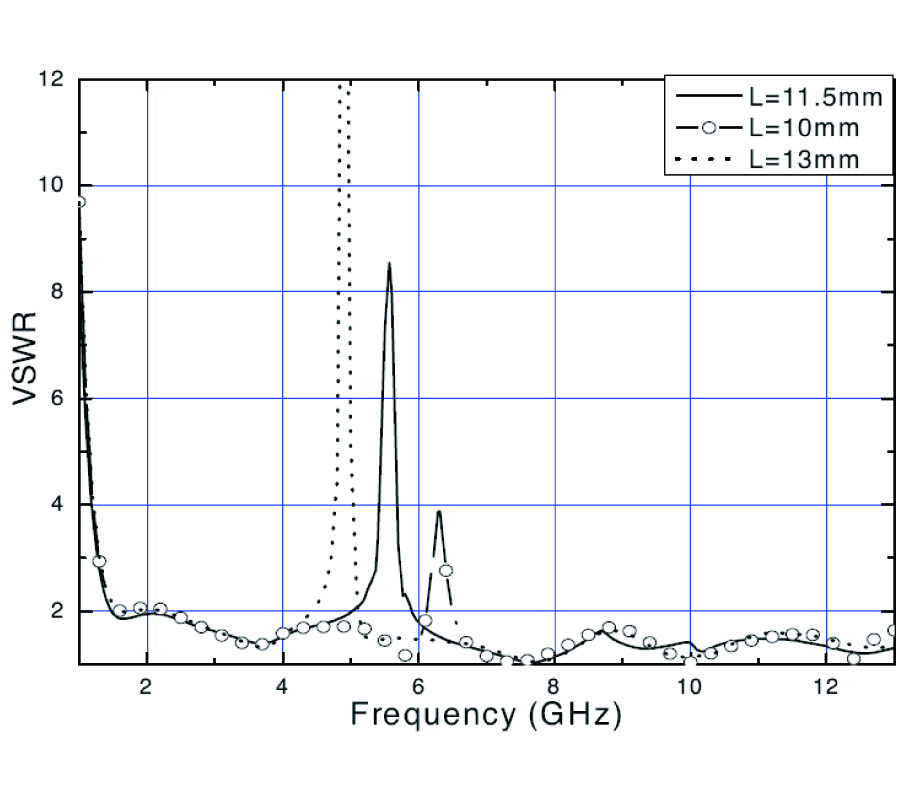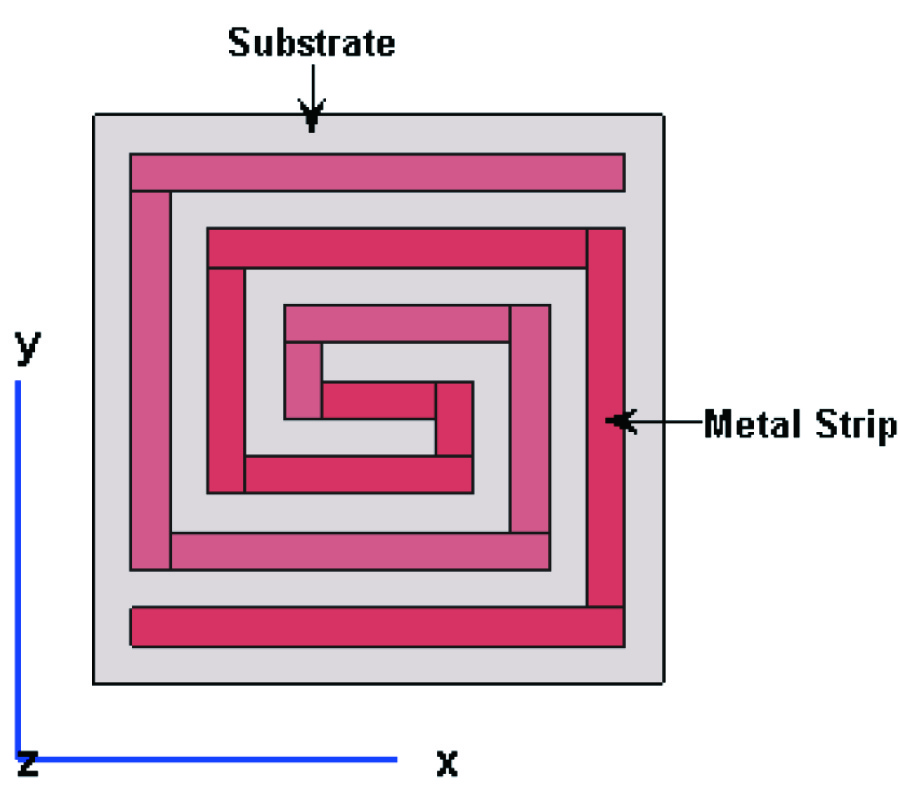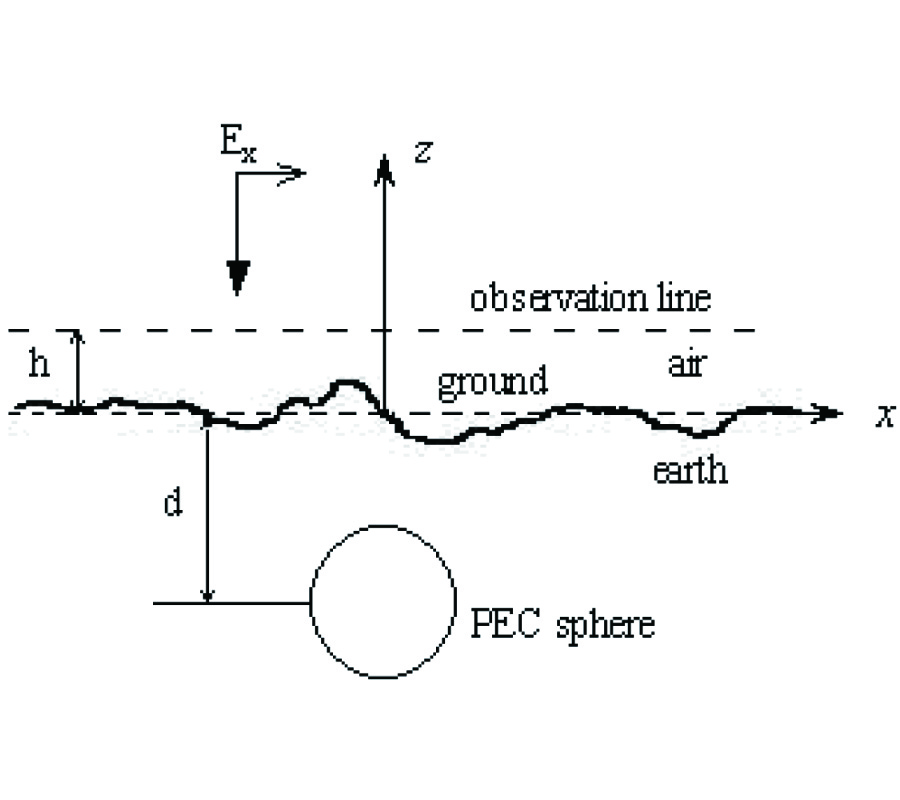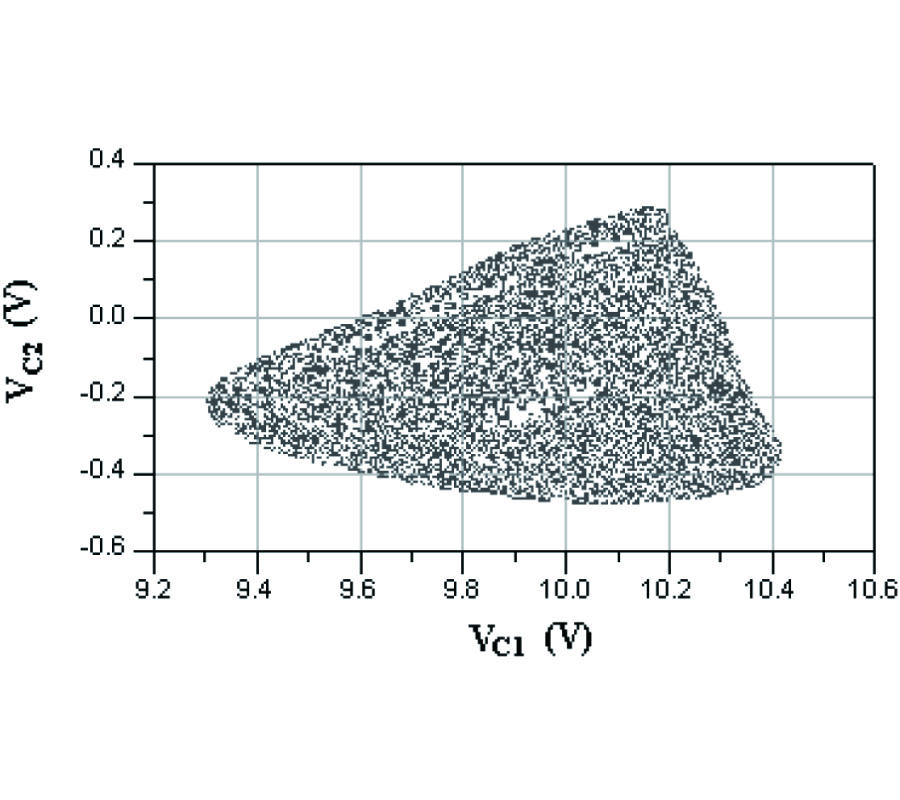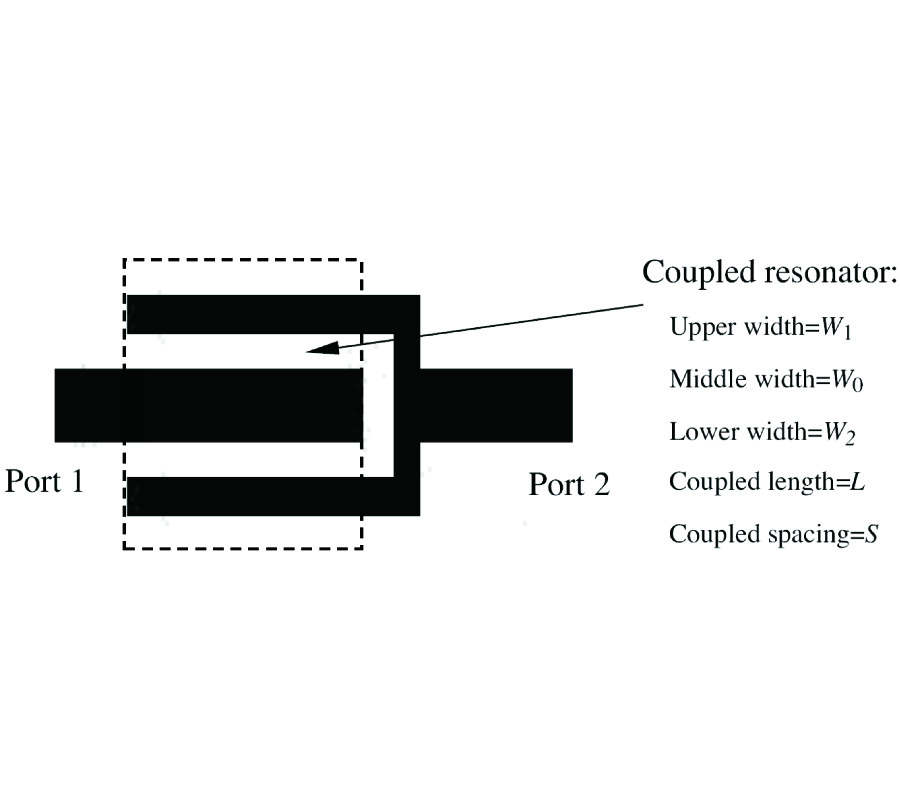Linear and Nonlinear Superimposed Bragg Grating: A
Novel Proposal for All-Optical Multi-Wavelength Filtering and Switching
Hassan Ghafoori-Fard,
Mohammad Moghimi and
Ali Rostami
In this paper, the linear and nonlinear applications including optical filtering and switching of superimposed Bragg grating are presented. For realization of superimposed Bragg grating electrooptic effect is used. The introduced system acts as an optical chip. The induced superimposed index of refractions due to sampled electric potentials applied through metallic strips on electro-optically active core-cladding are investigated analytically and simulated numerically using the Transfer Matrix Method (TMM). It is shown that the applied electric field induces superimposed refractive index grating, which can be controlled using amplitudes and frequency contents of potential samples as well as optical waveguide parameters. Our proposed structure is analog programmable device for realization of many interesting optical signal conditioners such as optical filters, optical beam splitters, and many other special transfer functions in linear case. The proposed device is tunable and can be controlled using the applied potential parameters (samples) and easily satisfy dense wavelength division multiplexing (DWDM) system demand specifications. The electro-optic Pockels effect for generation of the superimposed gratings in this building block will be used. Then we propose an optical chip for performing the introduced functions. In practical cases, for realization of DWDM demands, we need very large number of potential samples approximately 3 to 4 orders of magnitudes. So, this type of block as optical controllable chip really from practical point of views is impossible and illegal. In this paper, we will present a simple approach for decreasing the number of efficient control samples from outside for managing the proposed tasks. Our calculations in this paper shows that with less than approximately 200 control pins, we can realize all of proposed practical ideas with acceptable precision. Also, with 3 samples per period, our design will cover 215 individual DWDM channels theoretically from 1.55um towards lower wavelengths and 325 channels for 4 samples per period case, which is infinity from practical point of views. All of transfer functions corresponding to these channels can be manipulated using applied potential samples.
Also, as nonlinear applications of the superimposed Bragg grating multi-wavelength optical switching is presented. For this purpose the switching operation is illustrated first and then switching thresholds in the case of three predefined wavelengths are shown. Thus we illustrate numerical results for demonstration of the ability of the proposed structure. At the same time, we investigate effects of the parameters of the proposed structure such as the nonlinear refractive index and the grating length (number of layers) on switching performance including threshold intensity and slope of transition function. The proposed structure can be used as multi-wavelength switching applicable to DWDM and multi wavelength communication systems.
